Techniques Horror Movies Use to Scare You
When you know the techniques horror movies use, like in making you jump and squeal uncontrollably, you might just be better prepared for the next horror movie you encounter...
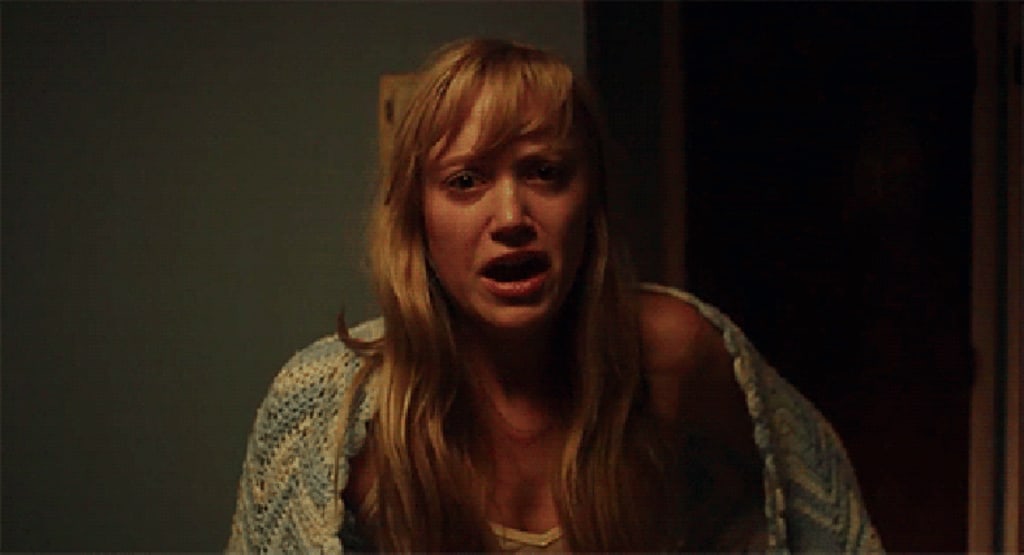
Even so, a really well-versed horror filmmaker won't necessarily resort to the same old tried and true horror scenes that have made us terrified in the past, but will instead use either a blending of these old kinds, or utilize new, more engaging aspects for truly horrifying graphic scenery unlike anything ever seen before. That's the whole point of the horror genre in the first place, to push the bounds of terror as realistically as can be done. But a good horror doesn't simply scare the viewer, they go far deeper in drawing out both physical and psychological connections so as to send the viewer into a warp hole of considerable unrest. Just watch A Serbian Movie.
Beyond this, the fact is that the tricks of the trade are very much under wraps, and the deepest, most fundamental aspects of the horror genre tend to be drawn up in the factor of "scare-ability," but for me this is not the case. It takes a lot to make a truly horrifying film, one that pushes contemporary filmmaking to its peak potential and redefines the possibility of fear itself. Last year's It proved to do just that, even though that banned baby scene got deleted. Alas, not everything truly horrifying should be allowed onscreen, and for that very reason there are plenty of techniques horror movies use to scare you.
Jump Scares
Probably the most well-known and used format in horror filmography is, of course, the jump scare. We've all seen this before, whether in a horror movie, or in real life; when a dog suddenly leaps out of nowhere and barks dramatically, or when the squealing slasher suddenly appears to send you literally jumping scared from your seat.
This is one of the most quintessential techniques horror movies use to scare you. It's meant not only as a way to get the blood flowing in the audience, nor even to simply wake the senses, but in all intents and purposes it's meant to elicit "cheap scares" for stimulus both physical and mental. We could mention every Friday the 13th as an example, but there's that strikingly familiar witch appearance in The Conjuring that just can't be ignored.
Underexposure
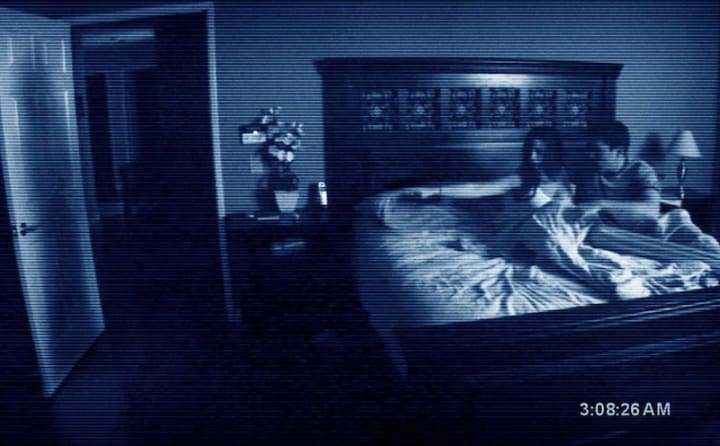
The way exposure works on a camera is by either reducing or strengthening the literal exposure of what's on the camera, or in other words adjusting the brightness. If used correctly, playing with underexposure is among the many techniques horror movies use to scare you, like living and breathing in the darkness.
Well, not quite. What underexposure does for well-made horror filmmaking is a lot; accentuate shadows, mysterious scene capturing, belies an overwhelming sense of dread, and much more. It's one way a filmmaker can use to play with the viewer's sense of what's in the frame, by hiding from you what the director doesn't want to be seen until the exact moment it's necessary. Underexposure is used much in the Paranormal Activity series, but there's also great use of it in The Invitation by Karyn Kusama.
Nonlinear & Infrasounds
There's a variety of ways that sounds themselves go hand in hand with how we all experience movies in general, not simply those among the horror genre. In drafting a really well-developed horror, the use of little to no sound in tense environments is one of the many techniques horror movies use, but there's also the high pitched squeal we may all know from The Shining, which is used to instinctively draw our minds into the mode of fear itself.
Infrasound, on the other hand, is a 19 Hz (or lower frequency) noise that cannot be heard by human ears, yet can be felt by the human body. Paranormal Activity used infrasounds perfectly with the 20-Hz frequency placed in specific moments wherein the scene showed oscillating fans or doorways in order to play with the audience's senses.
Mirrors and Reflections
If you want to know how to survive a horror film, simply don't look in the mirror; it's that simple. Mirrors and reflective surfaces aren't included in the film as mere props for horrifying scenery, they're used in connotation with the best techniques horror movies use by illustrating both reality, as well as the duality of characters.
They aren't just in horror films, mirrors are an avid tool in cinematography as a way to illuminate and visualize depth. In the horror genre, though, mirrors can then be utilized as a form of tension builder, drawing the audience in for either a really good jump scare, or by way of subverting this all-too familiar tactic. In the world of film, mirrors tend to be the illustration of wrongness, the duality of reality in this case, bridging the gap between the world of fear and the world of normalcy.
Fluctuating Mise-En-Scene
If you don't know what mise-en-scene means, it simply stipulates the representation of space within a film, which oftentimes is referred to as one of the most important aspects of filmmaking. As such, it's been rehashed as among the techniques horror movies use in noting the proportions of objects and places in a scene, from depth to proximity.
Insidious' James Wan does this fantastically, most representative in the Face of Fire scene. You can just see how the filmmaker draws your eyes both in and out of the frame with superb tracking and defined depth perception. Similar to underexposure in how it hides certain objects or characters from the audience, the fluctuating mise-en-scene throws the audience into forked scenes of one particular view; one way in how the filmmaker is drawing attentions away from what's most necessary, while also keeping what's important hidden from view until the most opportune moment.
Tight Framing
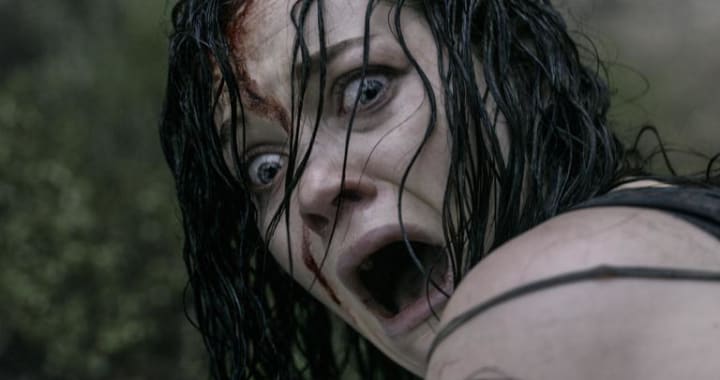
While it may not be a quintessential theme only to horror films, tight framing is one of many techniques horror movies use in order to draw attentions to one specific idea. Not only to draw attention to one specific thing, but tight framing can be used to entice the audience's attention to a variety of concepts around the protagonist as well.
To see this in action, I suggest watching The Babadook, which does this superbly in the scene where a jumble of tight shots on Samuel's screaming face are used to draw attentions from the unknown entity in front of him back to his mother driving the car. The use of tight framing may not always be of something, but it can allude to the machete in the hockey-masked villain's hands, the bloody nose of the protagonist, or even sometimes nothing at all.
Over-Extended Scenes
This is one way people have become used to escapism through horror: shots that are longer than necessary always mean there is something more to expect than you might be prepared for, as in the case for Twin Peaks (a mystery show that loves to use scenes longer than necessary). The over-extension of sequences as among the many techniques horror movies use is one thrilling aspect that draws audiences into a kid of fervor related only to a mixture of anticipation and fear.
These generally longer-than-necessary sequences are intended to make the viewer see the common, the mundane and the usual as something terrifying. Just watch, as reference, It Follows. The movie uses the technique both consistently and effectively in representing background to foreground actions with a hint of the fear spice we all love in our horror movies.
Subverting Classic Tropes
One of the key ingredients for making a horror movie is the subversion of classic tropes, as previously mentioned reusing mirror scenes without the jump scare you might be so used to, or showcasing a wide angle shot of a forest with nothing but fog as opposed to the more conventional slasher secretly hiding behind a tree.
It's a rather retrospective insight among the techniques horror movies use, for while it may use the past, it also somewhat utilizes the present in a variety of ways. For instance, Get Out is chalk full of subverted tropes, so much so that I'll just let you see them for yourself. This is the conditioning aspect of previous years-worth in horror; by generating fear in a variety of similar concepts over the years, modern horror filmmakers can now use these connotations as ingredients to prey upon audiences.
Subliminal Imagery
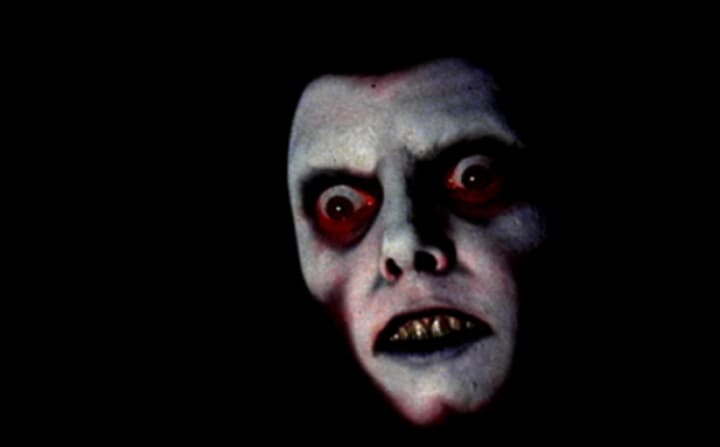
The utilization of subliminal images in horror films isn't simply to make you buy something, but to feel something you're not normally accustomed to: fear itself. These types of subliminal images are meant to feel out the audience in a way, and to make those who do see them feel viscerally ill.
It's among the most prominent techniques horror movies use, for what is horror without the ephemeral shots of Captain Howdy in The Exorcist? If you don't know what I'm talking about, there are three different sequences in the movie that show the very demon inhabiting Regan's body for only an 8th of a second! Subliminal messages aren't just those devices people use to make you want or need something, they're also intended to induce fear beyond even the visual aspect.
Irregular Movement
One of the more character-driven, or maybe even monster-driven of techniques horror movies use is irregular movement, which usually stipulates unsettling or unconventional maneuvering. Most aptly recognized from the likes of The Ring, The Exorcist, and The Rite, irregular movement is one way "ghost walking," or demonic entities can be depicted in characters, but it's also simply an unsettling depiction in its entirety.
One of the best movies to utilize irregular movement, though, is Pulse. There's also the terrifying work of Javier Botet, who was born with Marfan syndrome, which has given him various double joints and elongated features most aspectual in Mama.
Anticipating the Worst
One of the best examples for anticipation is that "Oh shit" feeling in your gut whenever a character is striding up to a dark hallway, or when a ball seamlessly bounces down the stairwell all on its own. These are what's called anticipatory reactive sequences, or those all-too familiar scenes that many critics complain with "I expected that to happen." Well, duh. That was the point.
Anticipation, as seen most obviously in The Conjuring 2 tent scene, can still send audiences into a spiral of fear, which is what they're meant to do (since you know nothing good is about to happen, but aren't so sure about it anyway). There's a scene from You're Next, which showcases an elongated sequence of anticipatory dread just growing. This is exactly what you want to see among techniques horror movies use, for it plays not only on the senses but on the mind of the audience entirely.
About the Creator
Johnson Bernard
Father of four, married for twenty years, and yet I still have the energy to type this up at 1 am as little Timmy begins to wail from upstairs. I'm a fixer-upper and a family man.


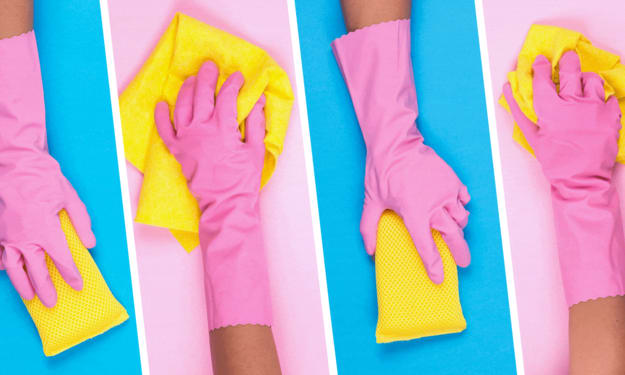



Comments
There are no comments for this story
Be the first to respond and start the conversation.